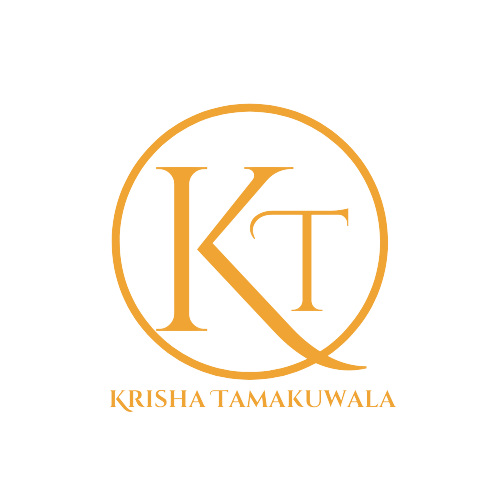Content Marketing
Form of marketing focused on creating, publishing, and distributing content for a targeted audience online.
Content marketing is the development and distribution of relevant, useful content—blogs, newsletters, white papers, social media posts, emails, videos, and the like—to current and potential customers. When it’s done right, this content conveys expertise and makes it clear that a company values the people to whom it sells.
The consistent use of content marketing establishes and nurtures relationships with your prospective and existing customers. When your audience thinks of your company as a partner interested in their success and a valuable source of advice and guidance, they’re more likely to choose you when it’s time to buy.


Targeted Campaigns
Convert more prospects to relevant landing pages and lower your cost-per-acquisition.

Data Analysis
Google, SEM Rush, Ubersuggest, provides you enough analytics where you can decide how and when to spend and on which mediums.

Maximum ROI
I suggest you best budget for all your digital campaigns and helps to finalize your leads for conversion.
Why It’s Important ?
Content marketing is a go-to tactic that’s proven to work. Also, it provides a competitive advantage. Take a look at what the data says about content marketing:
- Businesses with blogs get 67% more leads than other companies.
- Forty-seven percent of buyers view 3 to 5 pieces of content before engaging with a sales representative.
- Companies that use content marketing see approximately 30% higher growth rates than businesses not using it.
- Seventy-two percent of business to business (B2B) marketers say content marketing increases engagement and the number of leads they generate
How Content Marketing Works ?
Your business can use content marketing to attract leads, make a case for your product or service when someone is researching what to buy, and close sales.
To use it effectively, you’ll need to deliver the right content at each stage of the sales cycle—from awareness through consideration to purchase. If this sounds complicated, don’t worry: Approaching content this way actually simplifies the process.
Here’s how companies use content marketing in each stage of the sales cycle to engage and sell.
Awareness Stage
At the first stage of the sales process, your content should focus on the top concerns of your audience. Writing about their pain points, challenges, and questions gives you the best chance of engaging with them. Content at the awareness stage should be educational, how-to advice. Save your selling for the consideration and closing phases.
Best content for this stage: articles, blog posts, e-books, videos, newsletters
Consideration Stage
In the consideration stage, content should offer a hybrid of helpful information and marketing. It should educate the reader about what features or functions to look for and how various features address their needs. Of course, your content should have a bent toward what your business offers.
Best content for this stage: case studies, how-to articles, how-to videos, checklists/worksheets
Closing Stage
Content marketing plays an important role when a prospect is close to buying. At this stage, you can focus on sales, as long as you continue to drive home why you’re the best choice rather than just how great your services or products are.
Your central message here should be your expertise, knowledge, and the differentiating benefits of what you sell.
Best content for this stage: case studies, user-generated content, buyer’s guide, product video, research report
I am open to
New crazy & Weird ideas . .
Creating an online marketing strategy for every new business is increasingly pleasant for me. I am making, learning, developing my digital marketing experience useful to customers’ businesses
